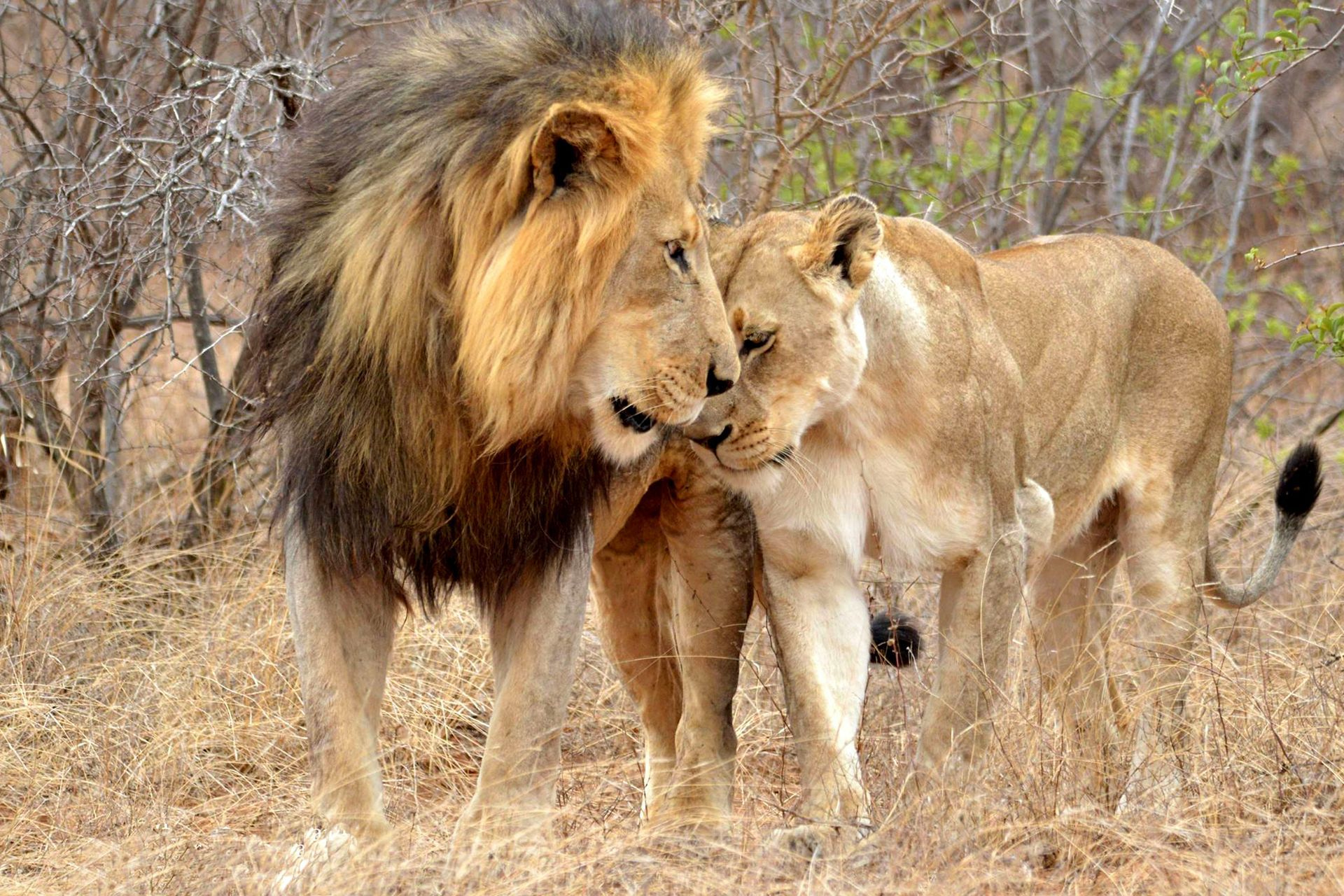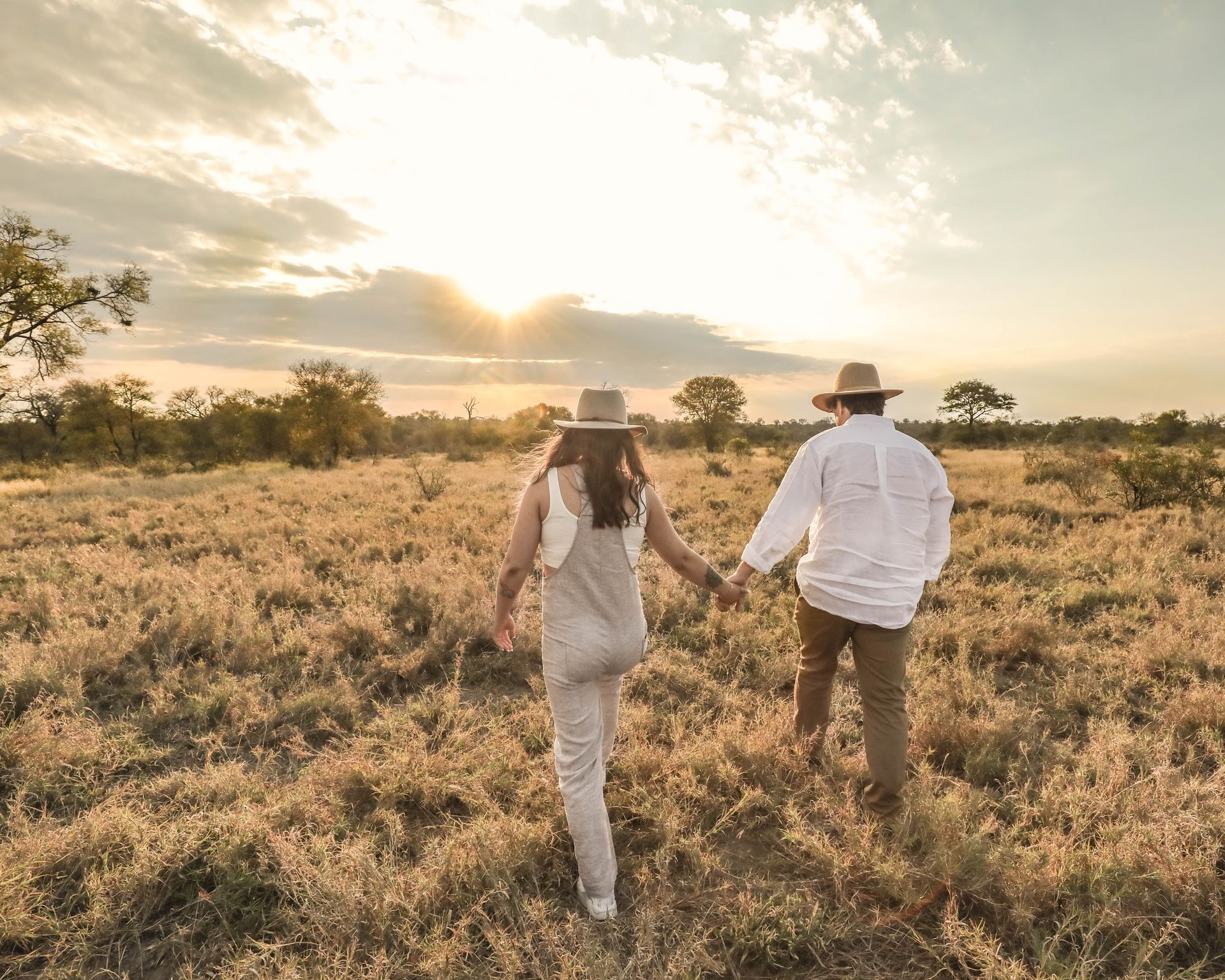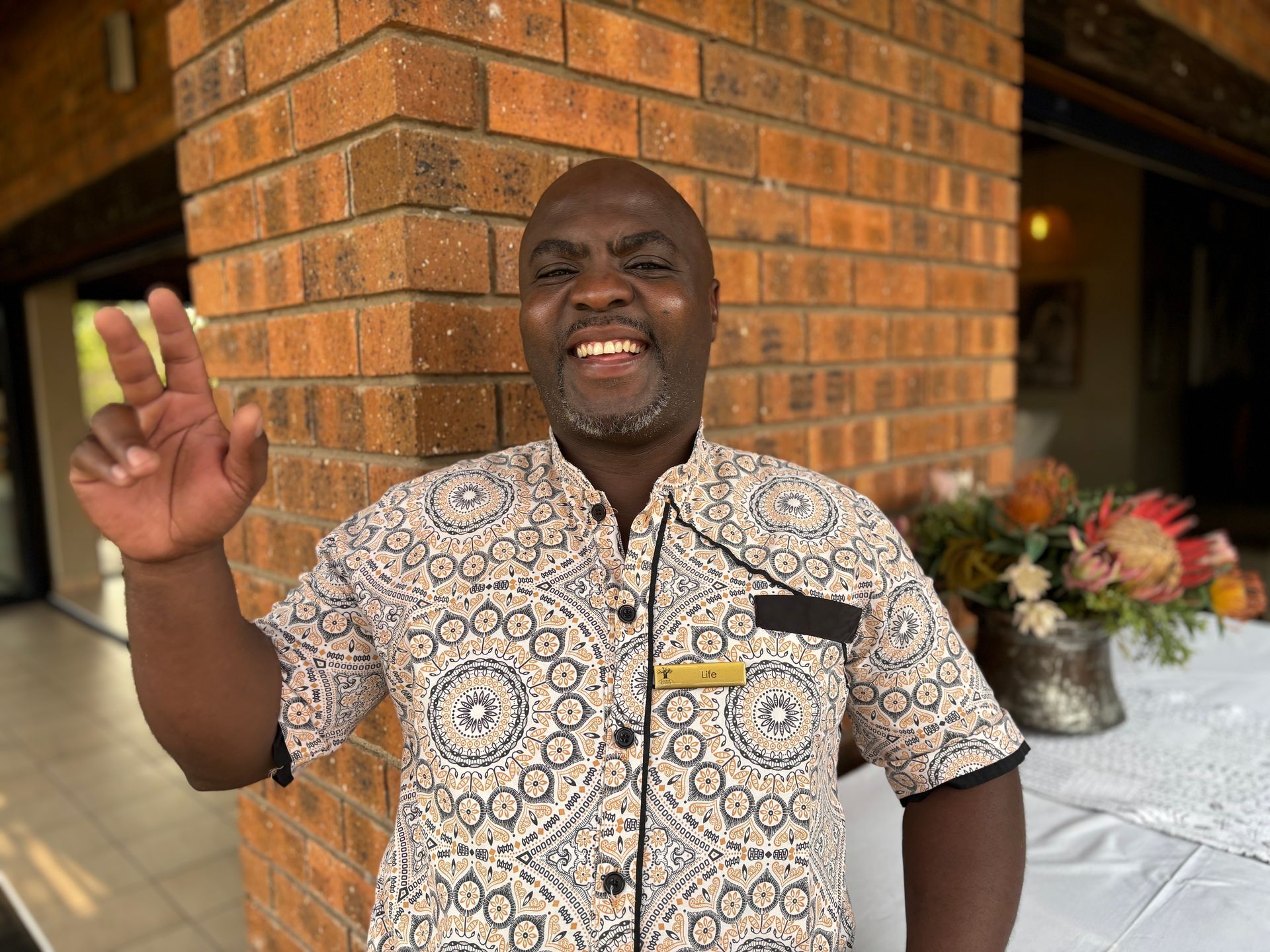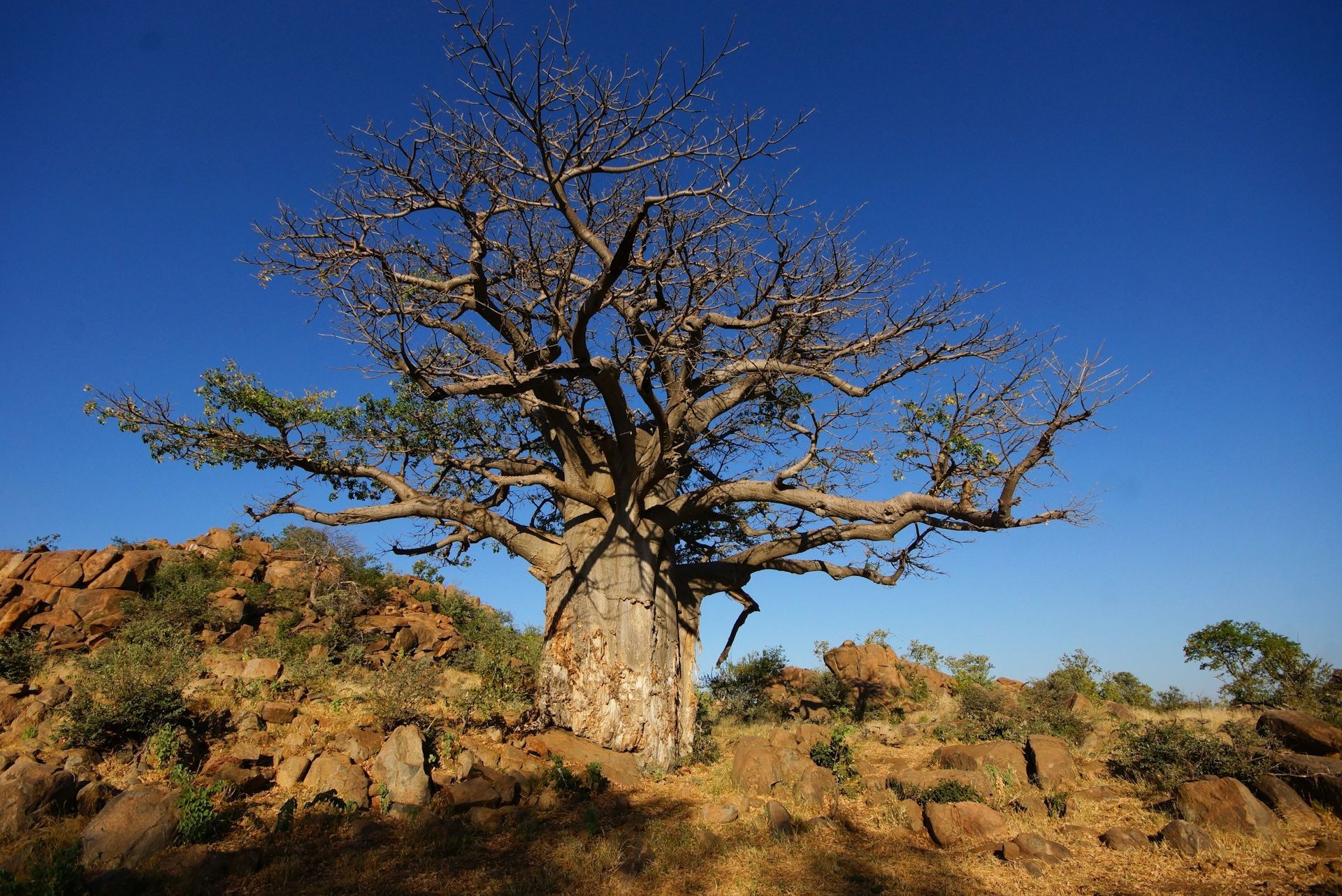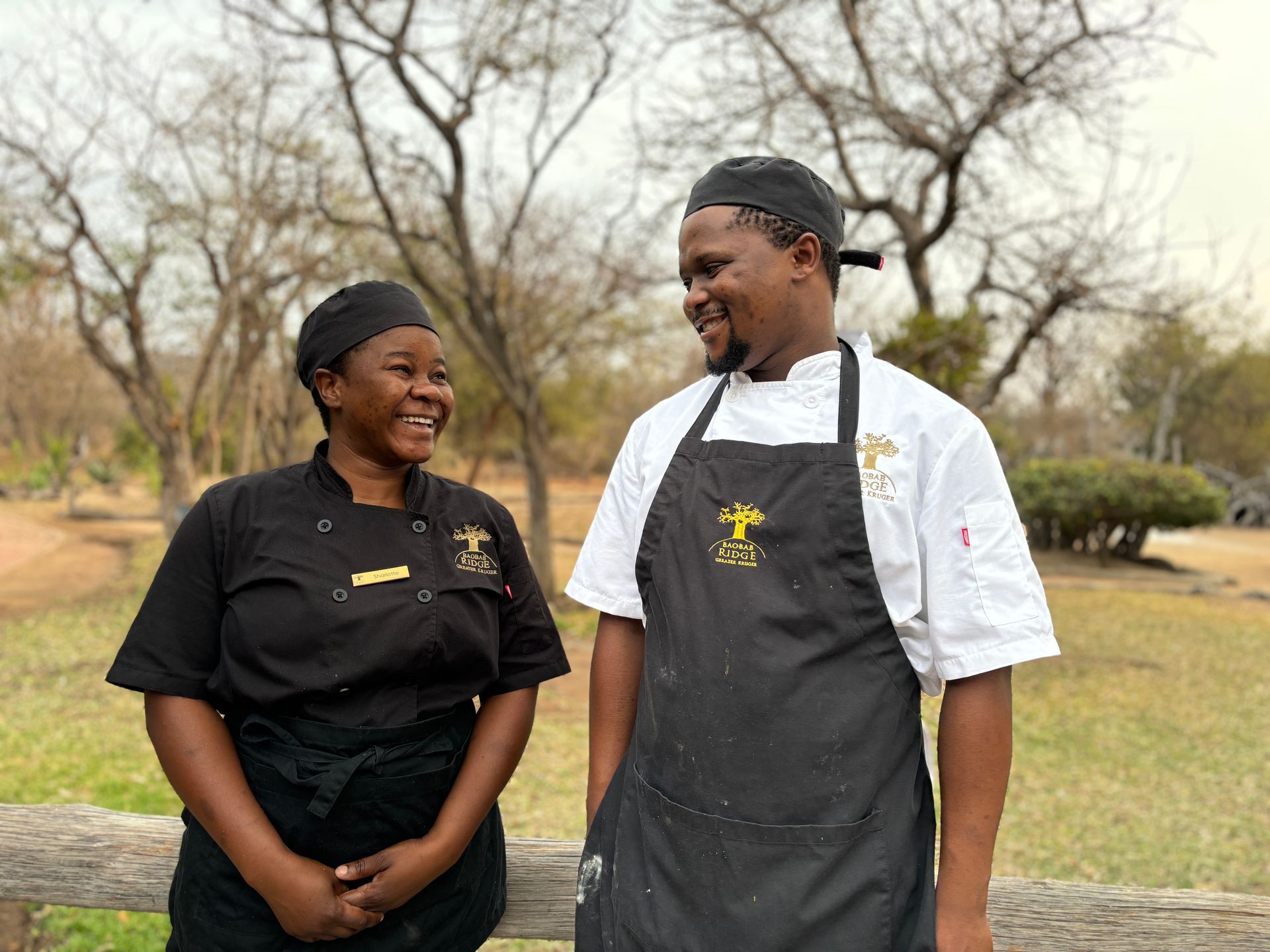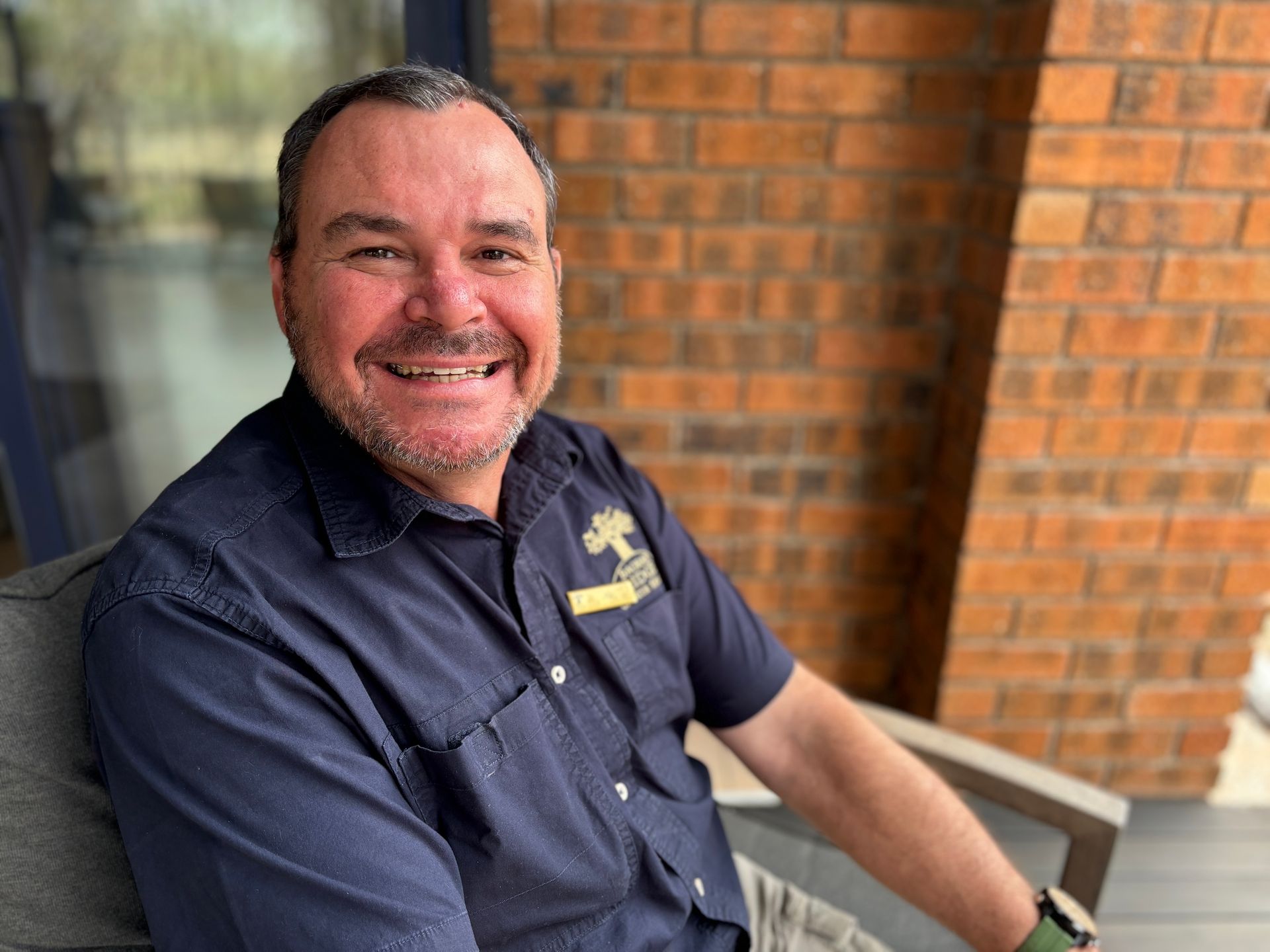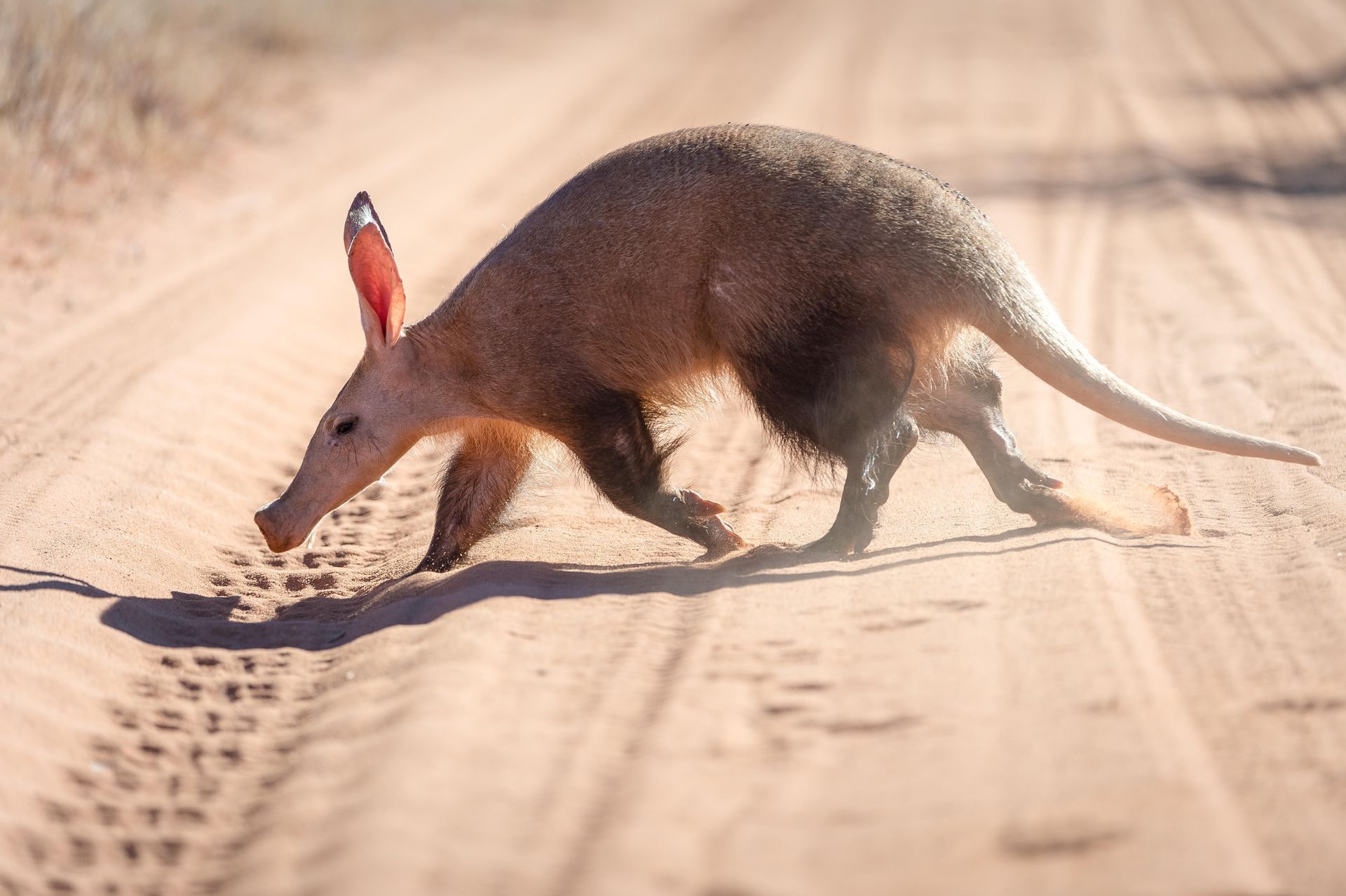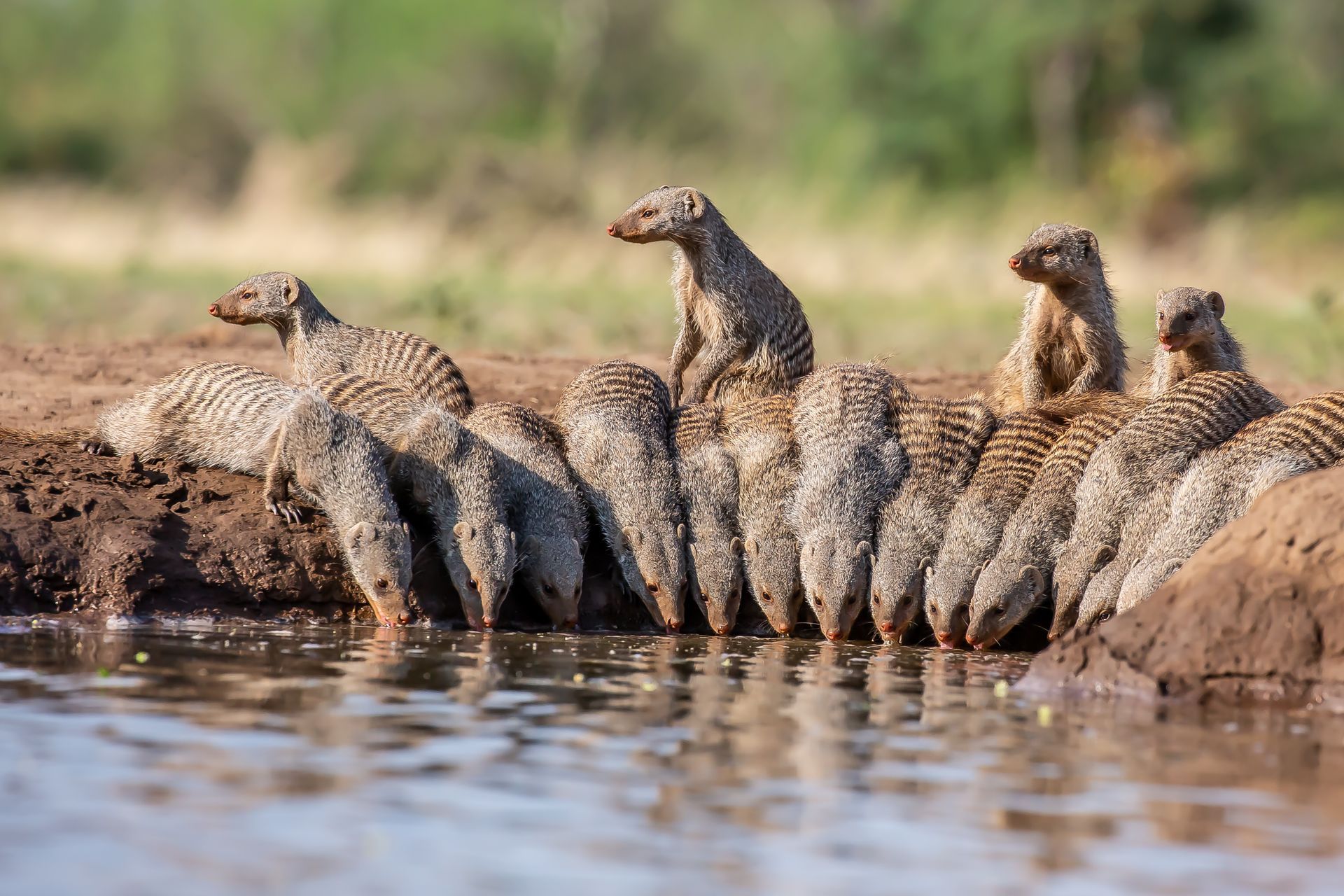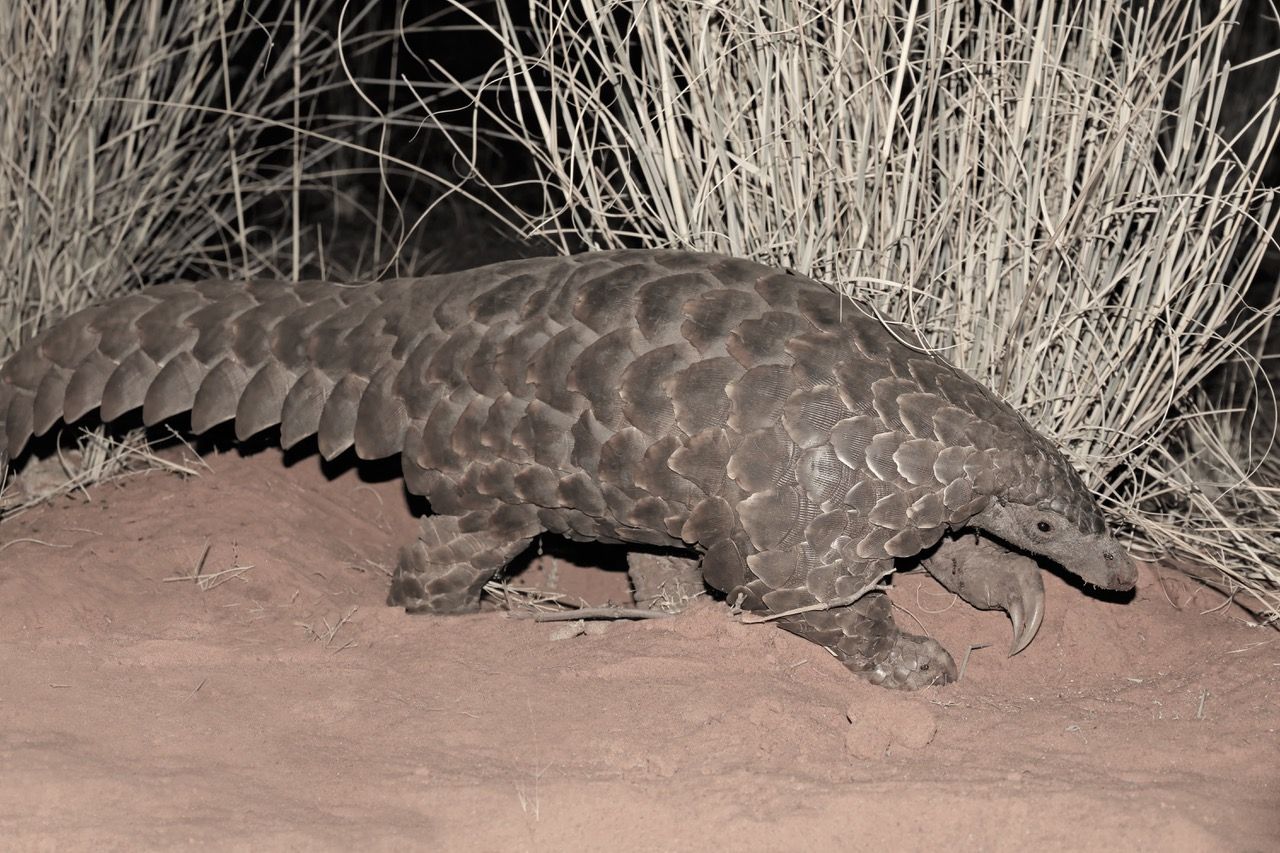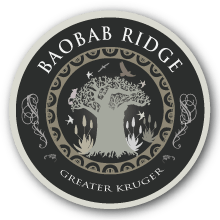CALL US ON +27 73 926 4724
Walking on the wild side
ENJOY THE THRILL OF EXPLORING THE KLASERIE ON FOOT!
When it comes to connecting with wild Africa, it's hard to beat a bush walk. Giving the game viewing vehicle a break and getting out on foot gives you the chance to discover all of the small, fascinating things you'd never notice on a game drive and to better understand the way everything in the African wilderness is connected.
Here at Baobab Ridge we're blessed to have some of the best walking country in the Greater Kruger and an exceptionally knowledgable and experienced guide in our owner Jason, whose passion is walking safaris.
An integral part of the walking experience is tracking, learning about the often imperceptible signs that animals leave in their wake that allow us to interpret their movements, understand their behaviour and often locate them.
Walks usually take place first thing in the morning when it's cooler and easier to pick up fresh tracks. Whether it's elephant, leopard or lion or the more elusive creatures like aardvaark and genet, Jason's sharp eyes pick out their footprints from the soft sand of the road system on the Klaserie, which is like a morning newspaper giving him updates of what happened during the night.
At first it's mind boggling as Jason picks up what appear to be random marks in the sand and quickly shows you the form of a paw-print or a tiny hoof mark that's evidence of a tiny duiker or steenbok passing by. Slowly the fog lifts as Jason explains the processes of tracking, picking out easy to identify spoor that begins to test your memory and understanding of animal behaviour.
You quickly learn how to distinguish between a leopard's front paws and its hind paws, whether it's a male or female, how fresh the tracks are and, as Jason explains, where it is likely headed. "When I was learning tracking, my mentor said to me that as a relatively tall man on two legs, my point of view was drastically different to a four-legged predator like a leopard," says Jason. "So he encouraged me to lower myself to a leopard's height when tracking so I could see the bush through the leopard's eyes. This simple act changes your perception completely and you begin to understand more about the animal and its behaviour when you see things from its point of view," he explains.
Safari guide JV often joins Jason on walks as a back-up guide. He is from the local Shangaan tribe - a people renowned for their close relationship with the Greater Kruger wilderness and their near legendary ability to track. So having JV along adds to the incredible experience of connecting directly to the bush "internet" and understanding the code in which its information is "written"!
So what may look like a random swelling on the branch of a shrub is singled out and explained, as you learn it's been caused by a wasp that lays its egg beneath the bark, causing a gall to form which then feeds the larva, sustaining it until it pupates and emerges as a brand new wasp!
Walking enables Jason and JV to also show you things like this and a myriad other interesting things about plants and tiny creatures like insects that are just as fascinating as their larger counterparts, from grass seeds that drill their way into the soil to wasps that build their paper nests on blue waxbill nests in a symbiotic security arrangement that suits both species!
It soon becomes apparent that nothing in the African wilderness happens randomly. There's a pattern and process to all of it... Male leopards walking at a slower gait (which you can tell from the tracks they leave) are most likely patrolling their territory, scent marking as they go. If they move faster they're probably trying to catch up to a female or an interloper... There's an information highway out there waiting to be accessed!
So next time you come to visit us at Baobab Ridge, be sure to book a walk and tap into this amazing wilderness experience!
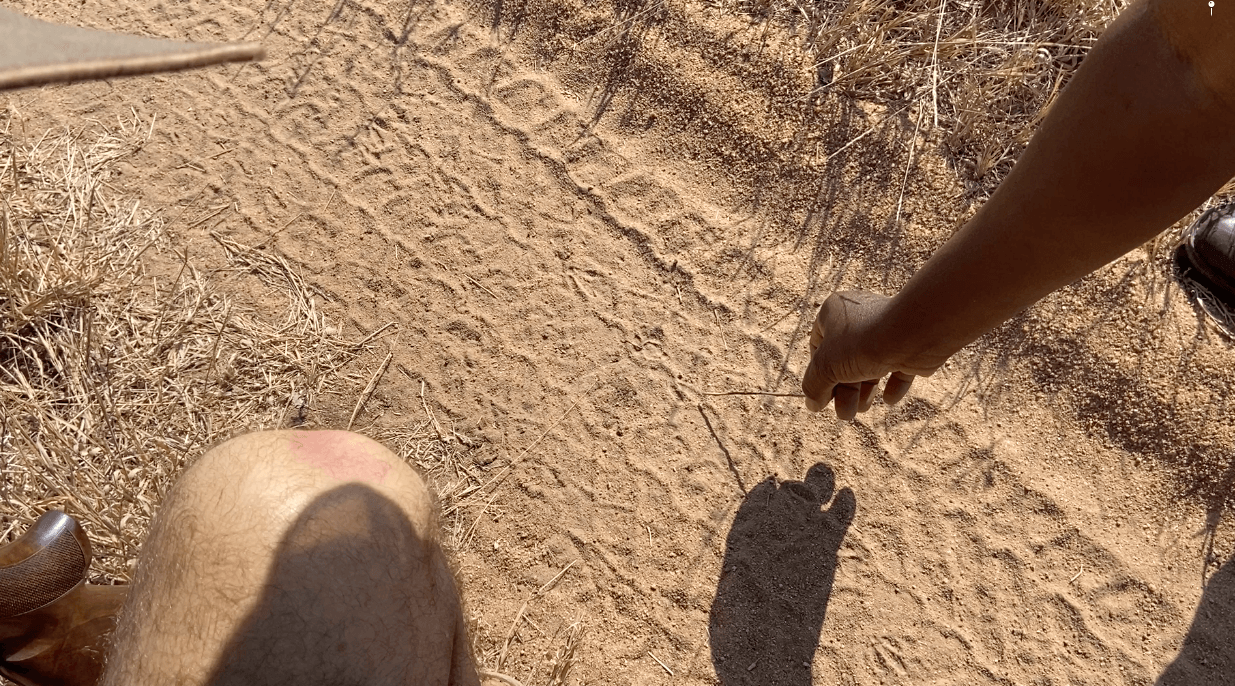
Slide title
Write your caption hereButton
